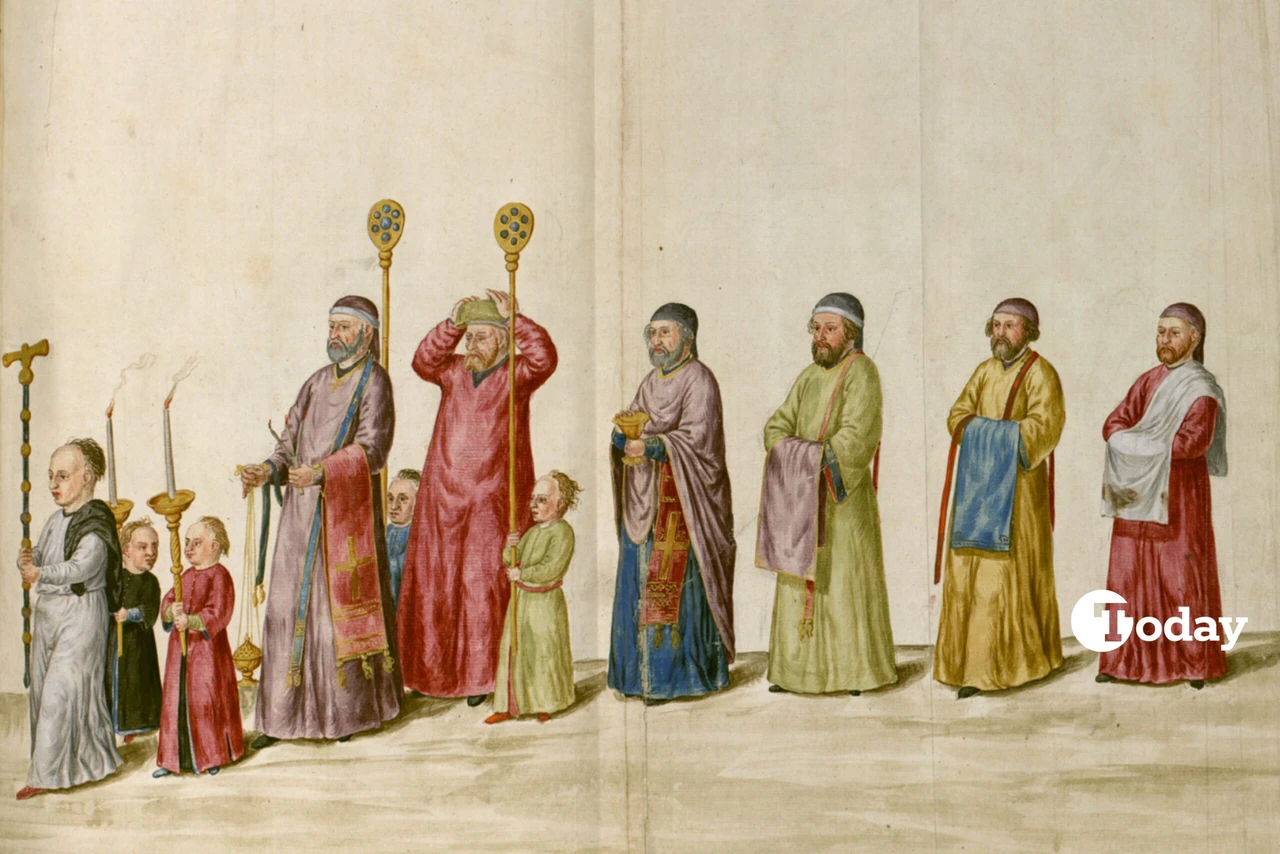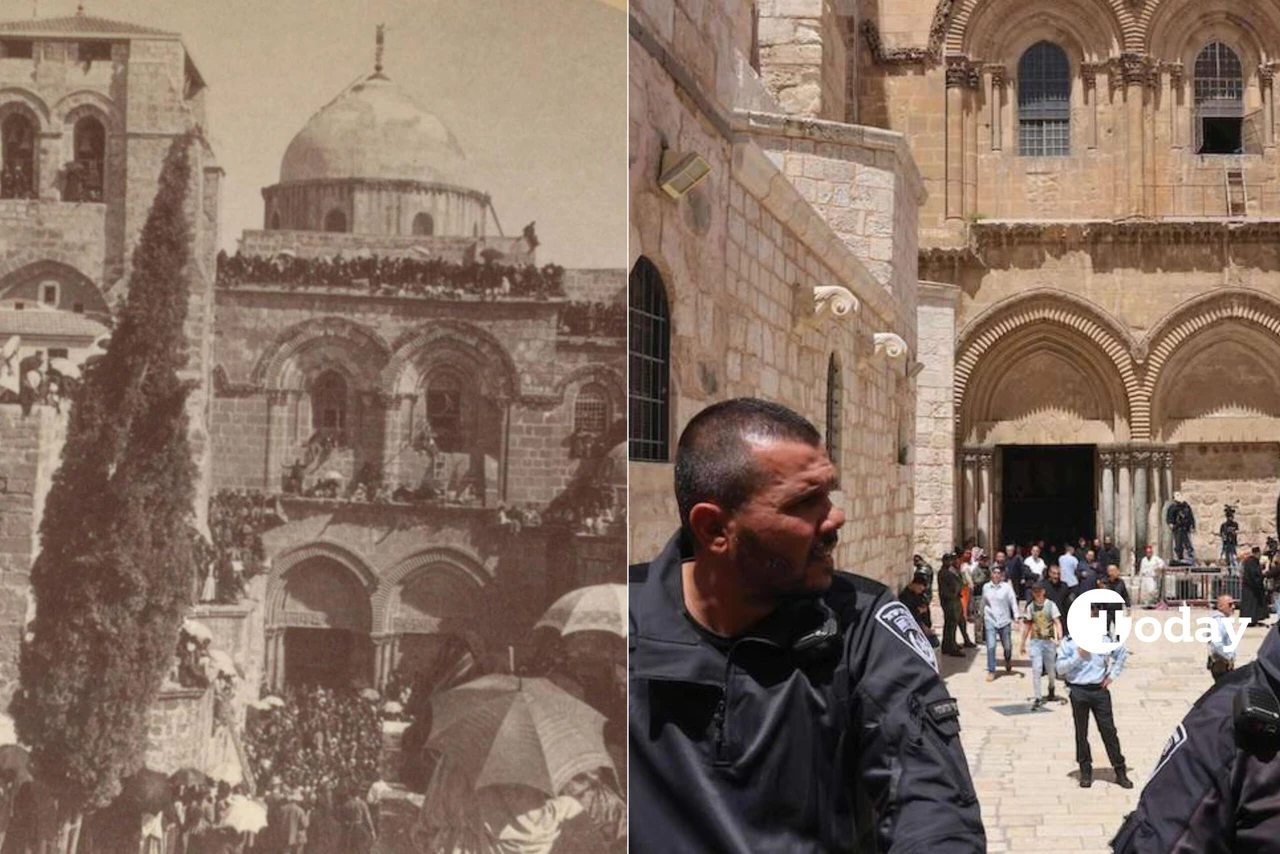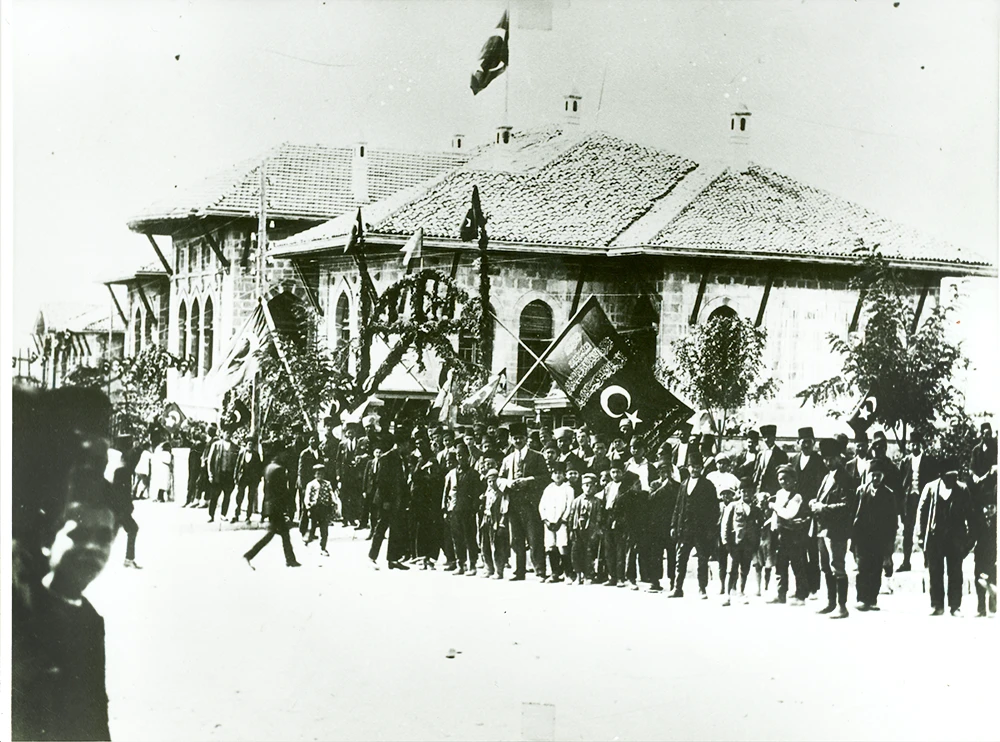Reassessing Ottoman multiculturalism: A response to Japanese historian’s claims
 Christian liturgical procession from the Ottoman Empire, depicted by Lambert de Vos in 1574. (Image via Wikimedia)
Christian liturgical procession from the Ottoman Empire, depicted by Lambert de Vos in 1574. (Image via Wikimedia)
Recent claims by Osaka Metropolitan University historian Masayuki Ueno suggested that the Ottoman Empire’s religious tolerance was merely a tool for population surveillance and control.
However, a closer examination of Ottoman history, particularly through the lens of Professor Ekrem Bugra Ekinci, paints a vastly different picture—one of structured coexistence rather than coercion.
The misinterpretation of the ‘Millet’ system
Professor Ueno argues that the Ottoman authorities used religious communities to self-police their own people, implying a lack of genuine tolerance. However, Professor Ekinci counters this by highlighting that the millet (nation) system was not a mechanism of control but an advanced governance strategy that ensured social harmony.
Unlike the modern concept of minorities, which often leads to conflict, the Ottoman approach allowed communities to govern themselves under Islamic legal principles, offering them autonomy rather than oppression.
Sultan Mehmed II’s vision of coexistence
One of the most compelling examples of Ottoman religious tolerance is found in the policies of Sultan Mehmed II. Upon conquering Constantinople in 1453, rather than expelling or forcibly converting the Christian population, Sultan Mehmed revitalized the Orthodox Patriarchate.
He appointed Gennadios Scholarios as the Ecumenical Patriarch, granting him significant authority and officially recognizing the religious rights of the Orthodox community. This was not a strategy of subjugation but a deliberate move to maintain harmony and stability.
Legal protections for non-Muslims
Under Ottoman rule, non-Muslims, referred to as zimmi, were granted legal protections for their lives, property, and religious practices. Islamic law mandated that their rights be safeguarded, and these were not concessions from the state but intrinsic legal guarantees.
Unlike the narrative of suppression, these protections ensured that Christian and Jewish communities flourished within the empire for centuries.
A model of religious governance
Comparing the Ottoman Empire’s approach to that of contemporary European states reveals stark differences. While many European powers engaged in religious persecution, expelling or forcibly converting religious minorities, the Ottomans maintained a system in which diverse communities coexisted peacefully.
Sultan Mehmed’s declaration, rejecting forced conversions, epitomized this ethos: “To claim to protect Islam more than the Divine Legislator Himself is sheer arrogance.”
Case of Serbia: A testament to Ottoman religious policy
A significant moment in Ottoman religious policy arose during the expansion into the Balkans. When the Serbian king sought assurances regarding the treatment of his Orthodox subjects, the Ottoman response starkly contrasted with that of Catholic rulers.
While Hungary’s Catholic king proposed demolishing Orthodox churches, Sultan Mehmed II declared that churches would stand alongside mosques, allowing worshippers of all faiths to practice freely.
Legacy of justice, not control
The assertion that the Ottomans used religious tolerance as a façade for surveillance ignores the documented historical realities of legal protections, social mobility and religious autonomy granted to non-Muslim communities.
Unlike modern state-driven narratives of minority control, the Ottoman Empire’s approach fostered stability, ensuring that diverse communities thrived for over six centuries.
Professor Ekinci’s insights reveal a fundamental truth: the Ottomans did not merely tolerate religious diversity; they institutionalized it as a pillar of governance, far surpassing the religious policies of many contemporary empires.
The West may only now be grappling with the challenges of religious pluralism, but the Ottomans mastered it centuries ago.



